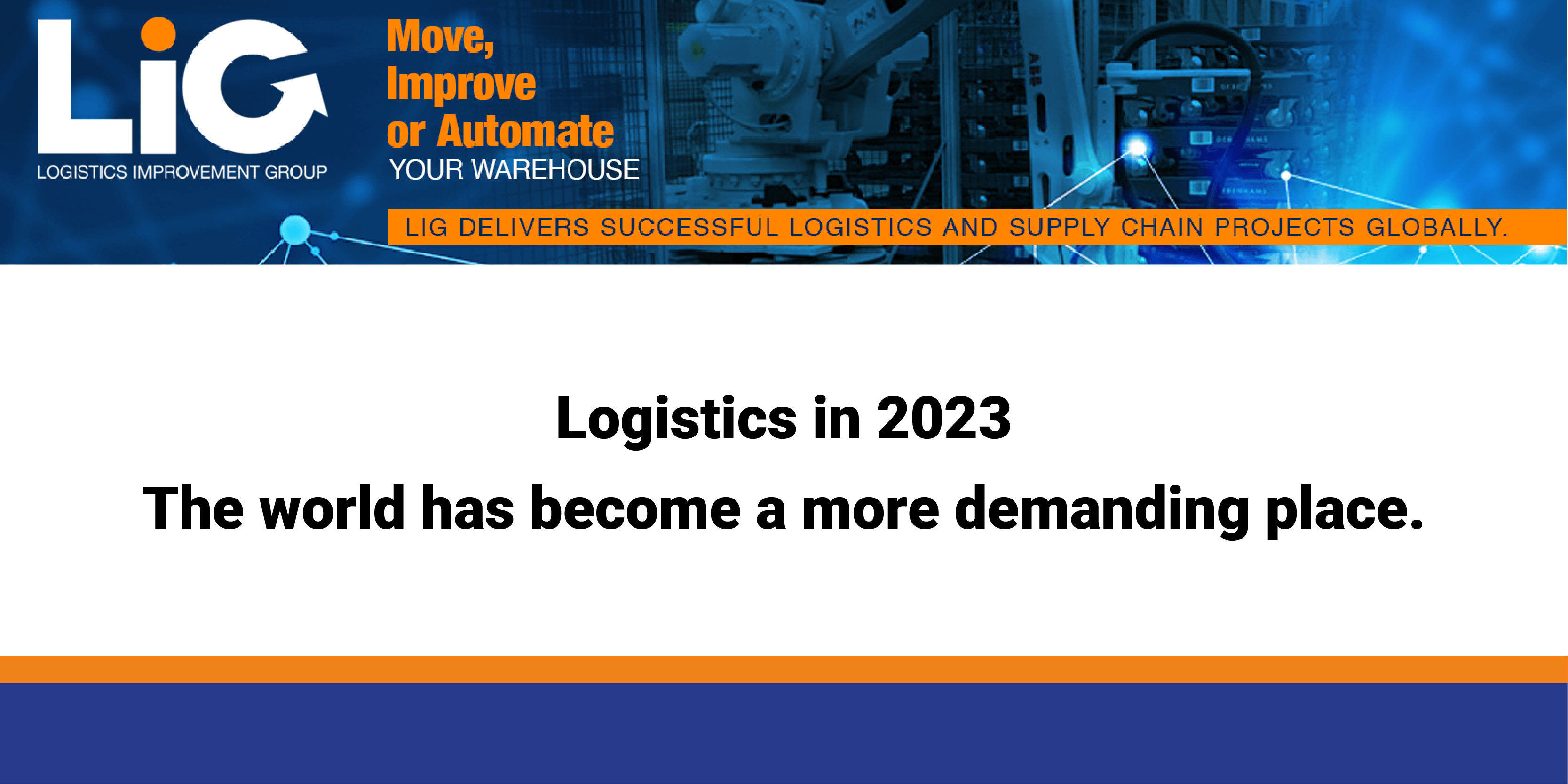The world has become a more demanding place.
With Covid the growth of online shopping spiked dramatically and whilst it has since fallen back it is still higher than the pre-covid levels.
Along with that, the consumers’ expectations have grown too. People expect to be able to buy online and receive their purchase(s) delivered to their door within 5 working days or even faster if they use a premium service.
They also expect to be able to return goods by having them collected from their door and receive their refund within 5 working days.
How does this all work?
1. E-commerce sites
Each retailer has a website specifically designed to allow prospective customers to peruse their goods, make a choice and “take it to check out.”
In simple terms this system processes the purchase, sends details of the purchase to accounts whilst simultaneously reducing the appropriate stock levels and sends the details to the warehouse for: picking, packing and despatch.
2. Automated warehousing, picking, and packing and despatch.
Just imagine for a moment that the above process has just happened within seconds and then the final process requires manual processing.
This would slow the process down considerably and be prone to human error.
To speed things up and eradicate human error warehousing has to become more and more automated.
3. Computerised delivery schedules
Having got this far in the process by automating each activity it stands to reason that the final part of the operation should also benefit from a level of computerisation.
Sure enough, more and more logistics firms are employing computer scheduling, routing and GPS location to facilitate estimated delivery times.
How does a Logistics business get to this level?
To save time it’s best to talk to companies who specialise in helping companies to computerise and automate their processes.
The Logistics Improvement Group (LiG) have decades of experience in assisting warehousing and logistics businesses improve the efficiency and speed of their operations.
Distribution Centre Automation
LiG has a track record of helping companies specify their distribution centre requirements and provide support all the way through from planning to design to build to “go-live”.
Large or small
They have carried out assignments varying from a fully automated 600,000 sq ft retail Distribution Centre to the setup of facilities below 100,000sq ft.
Business Transformation
Any transformation process needs to be managed within a governance process that is supported and sponsored by the CEO and board.
The management of the programme then requires structure, with milestones agreed and project teams established with clear and accountable objectives.
LiG have demonstrable performance in this area and can manage the whole process from concept to reality.
In Conclusion
If you are looking to automate and/or computerise all or part of your business and you would like advice and support just call LiG – 020 4587 5487

